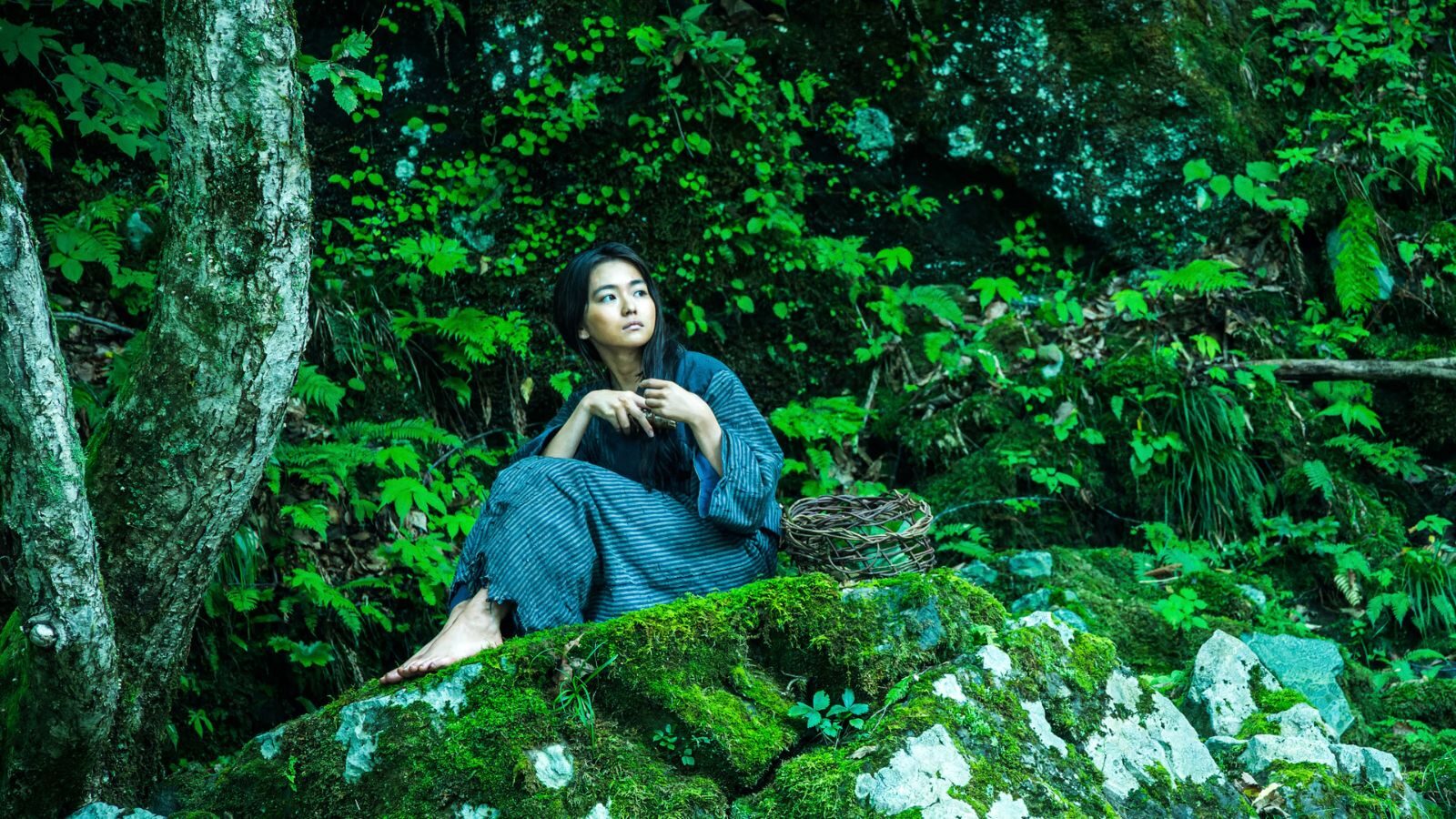Mountain Woman - 山女

Mountain Woman. © Yamaonna Film Committee
Q&A with Takeshi Fukunaga
As Mountain Woman opens, Rin goes about the job of helping a family dispose of a newborn. Her Tohoku village is in its second year of a devastating famine, and babies are being discarded because they are simply extra mouths to feed. Rin’s family are outcasts, and she is obliged to do the other residents’ dirty work. When a local seer declares the village cursed, Rin is chosen as the first offering to appease the gods. Fortunately, she flees to the forbidden realm of Mt. Hayachine before she can be trapped. There, her quest for survival gradually transforms into a journey to self-actualization. This haunting film (atmospherically shot in all-natural lighting by cinematographer Daniel Satinoff of Tokyo Vice) may be set in the late 18th century, but its existential tale of man vs. nature, of rural human cruelty, of generational shame, and of individual resilience in the face of impossibly harsh discrimination resonates across the centuries.






